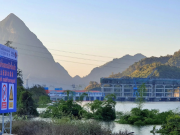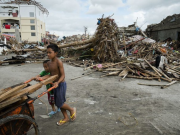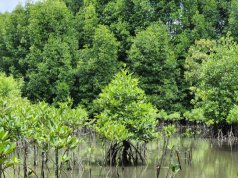Philippines , July 29, 2024
The aftermath of Typhoon Ariel has exposed a growing environmental crisis in the Philippines, as heavy rains triggered the release of toxic mining waste from sites across Luzon. Local rivers and farmland have been contaminated with heavy metals, posing severe risks to ecosystems and the health of communities reliant on these natural resources.
Residents living downstream from several mining operations have reported discolored water and fish kills, alarming signs of contamination. “Our crops are wilting, and the river we depend on for fishing has turned black,” said a farmer from a village in the affected region. “We fear for our children’s health.”
Environmental groups have condemned mining companies for inadequate waste management, especially given the Philippines’ vulnerability to extreme weather events. Many have called for stricter enforcement of environmental laws and immediate clean-up efforts. NGOs are actively documenting damage and urging the government to impose accountability measures.
Government officials have acknowledged the situation and mobilized emergency response teams to assess and contain the contamination. Plans include water treatment interventions and long-term monitoring of soil and water quality. However, critics argue that these measures come too late and that existing regulatory gaps must be addressed to prevent future disasters.
The typhoon has also reignited debate over the balance between economic development and environmental protection in the mining sector. The Philippines depends heavily on mineral exports, but the recent spill highlights the urgent need for sustainable practices that safeguard both people and nature.
As communities recover from Typhoon Ariel’s destruction, the environmental fallout from mining waste remains a pressing challenge—one that demands coordinated action from government, industry, and civil society alike.













